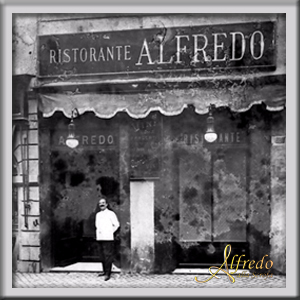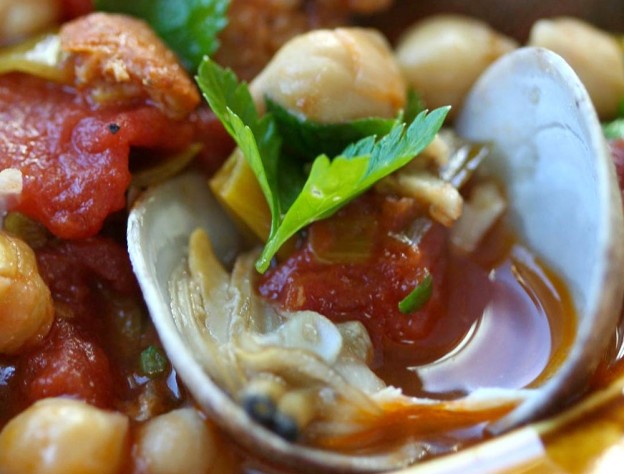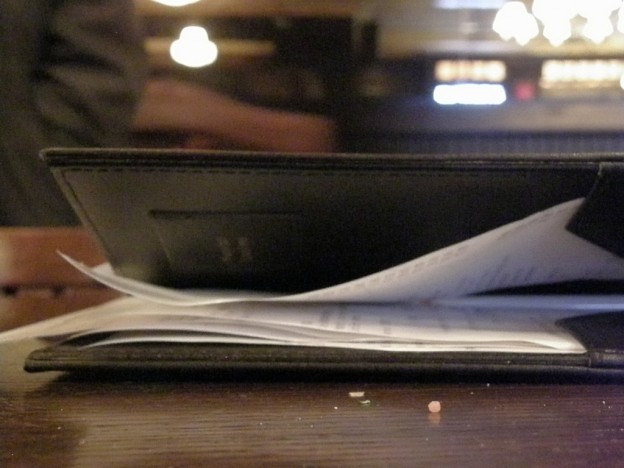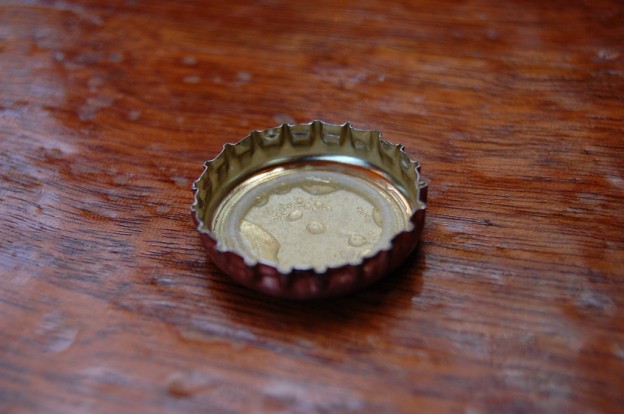What did you eat for lunch today? Was it your work’s cafeteria fare, maybe? Was it organic? A frozen meal? Did you brown bag leftovers from that trendy Japanese place you visited last night? Did you make a Rachel Ray recipe (we won’t judge)?
I suppose what I’m getting at is this: maybe you chose what to eat for lunch today, but you were helped. Maybe you bought it at a store beginning to emphasize organic produce, or maybe you went with something processed because it was cheaper. Maybe you were inspired by a recipe you saw online, posted by an up-and-coming food blogger. Maybe your chef got into Nordic cuisine after the Noma cookbook came out. Simply put: on a larger scale, there are more powerful forces determining how America eats. Here, from The Daily Meal, are fifty of them.
The site’s list of the fifty most powerful figures in food is wide-ranging and surprising. Topping the list is the president of the Food Network — ranked one spot above the Secretary of Agriculture. The rankings include the biggest names in fast food (#6 is the CEO of McDonald’s) and the most stalwart proponents of food reform (#36 is Michael Pollan). There are chefs and activists, businessmen and food writers. It’s truly a big picture snapshot of food in America. To learn more, we spoke to Colman Andrews — the editorial director of The Daily Meal and a James Beard Award winner — about where the food industry is now, and what we’ll be eating in 2012. Continue reading











